Contents
- 1 Understanding Three-Phase and Single-Phase Power
- 2 Why Convert Three-Phase to Single-Phase Power?
- 3 Key Methods to Convert Three-Phase to Single-Phase Power
- 4 Comparison of Methods: Which One is Best for You?
- 5 Tools and Equipment Needed for the Conversion Process
- 6 Step-by-Step Guide to Convert Three-Phase to Single-Phase Power
- 7 Troubleshooting Common Issues
- 8 Conclusion: Choosing the Right Conversion Method
Understanding Three-Phase and Single-Phase Power
What is Three-Phase Power?
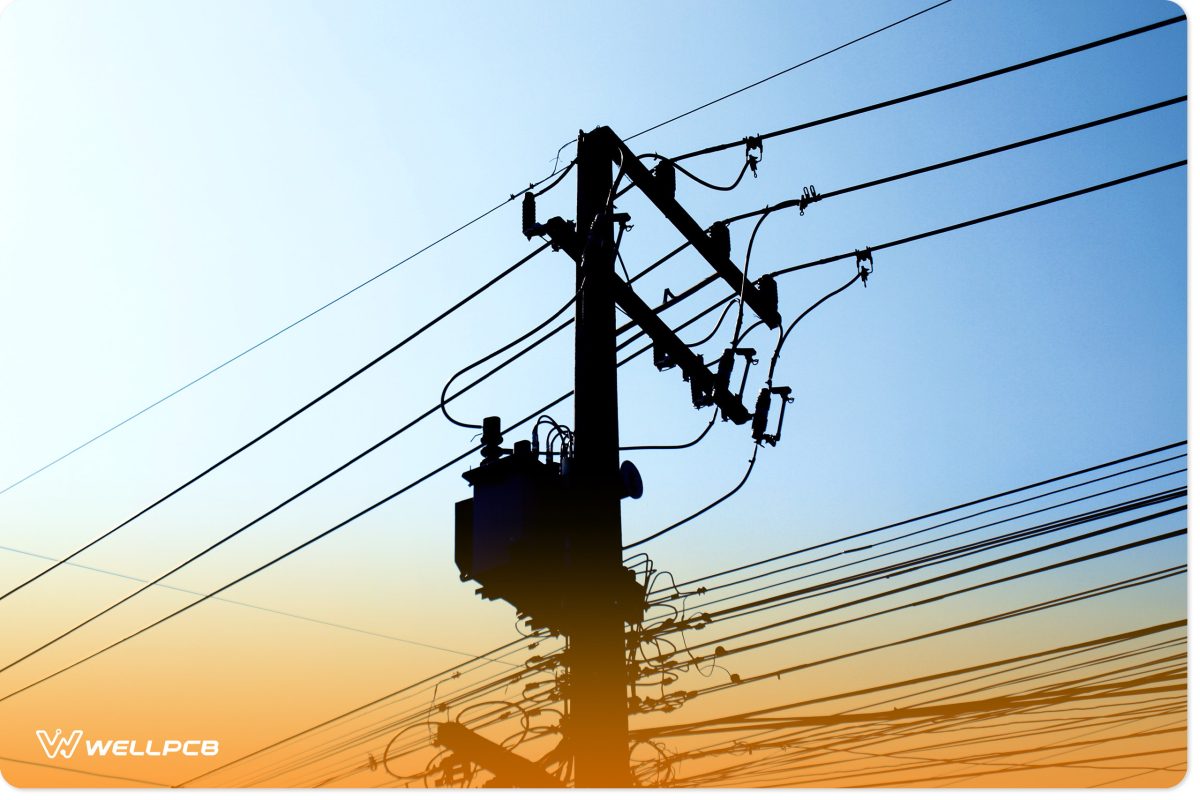
Three-phase power is alternating current (AC) with three live wires that have the same voltage and amplitude. These are set at a phase difference of 120 degrees. The system may also have a neutral wire (Wye configuration) for unbalanced loads or a single-phase connection.
Some three-phase power applications include:
- Data centers
- Industrial machines (motors and compressors)
- HVAC systems
A three-phase power system is ideal for industrial use. It has increased efficiency as it requires fewer wires for more power distribution. The continuous power distribution means it has less downtime and maintenance costs. These also ensure the equipment lasts longer as the system motors don’t vibrate excessively.
What is Single-Phase Power?
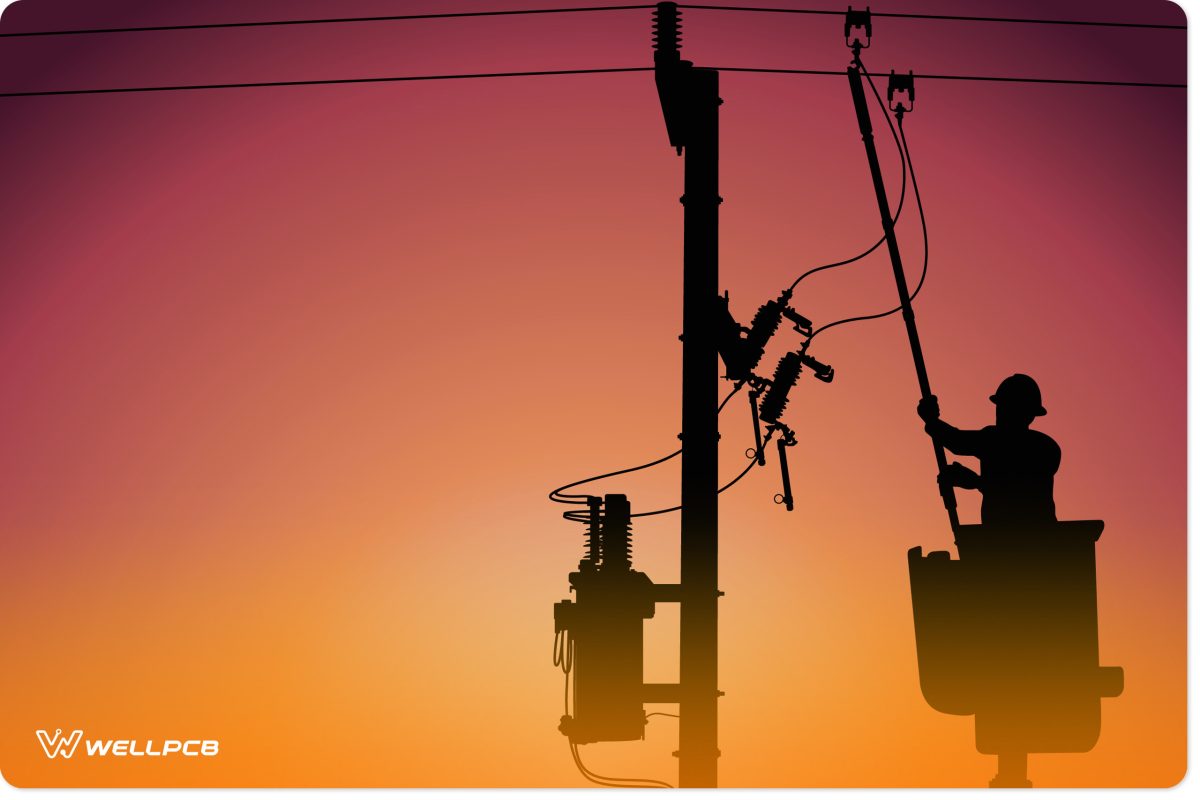
When one single live wire and a neutral are used to carry current, this is a single-phase system. It’s important to note that the live wire distributes current while the neutral wire serves as the return path. Voltage levels typically rise and drop, leading to inconsistent power distribution in this system.
A single-phase power system is used for household and small-scale applications. It doesn’t have high power requirements, so it powers small appliances and heating systems. This also has less complex wiring and components that decrease possible failure points. Single-phase power offers better energy efficiency for low-load appliances without extra capacity.
Why Convert Three-Phase to Single-Phase Power?
- Cost-effectiveness for household systems.
- Handling lower power loads.
- Simplified maintenance.
- Reduced equipment cost for small operations.
- Better load distribution—easier to maintain.
- Load factor enhancements.
- Doesn’t take up a lot of space.
Key Methods to Convert Three-Phase to Single-Phase Power
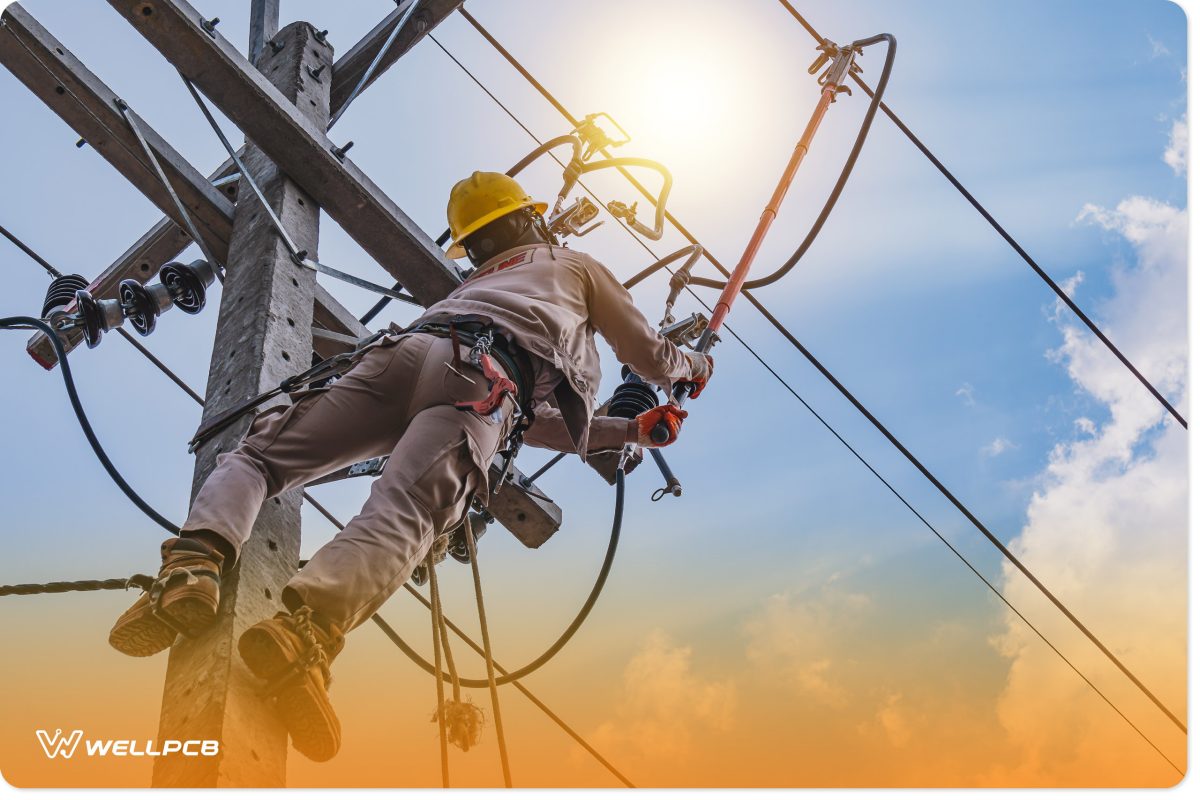
Using a Neutral Wire
A neutral wire is simple and ubiquitous but less precise. It’s mainly used for low-precision conversions. With this method, you’ll need to ignore two phases from the three-phase supply—using a neutral wire and one phase.
Use it only when you do not need a stable power supply. Unlike other conversion methods, you do not need to invest in any converting device.
Phase Converter
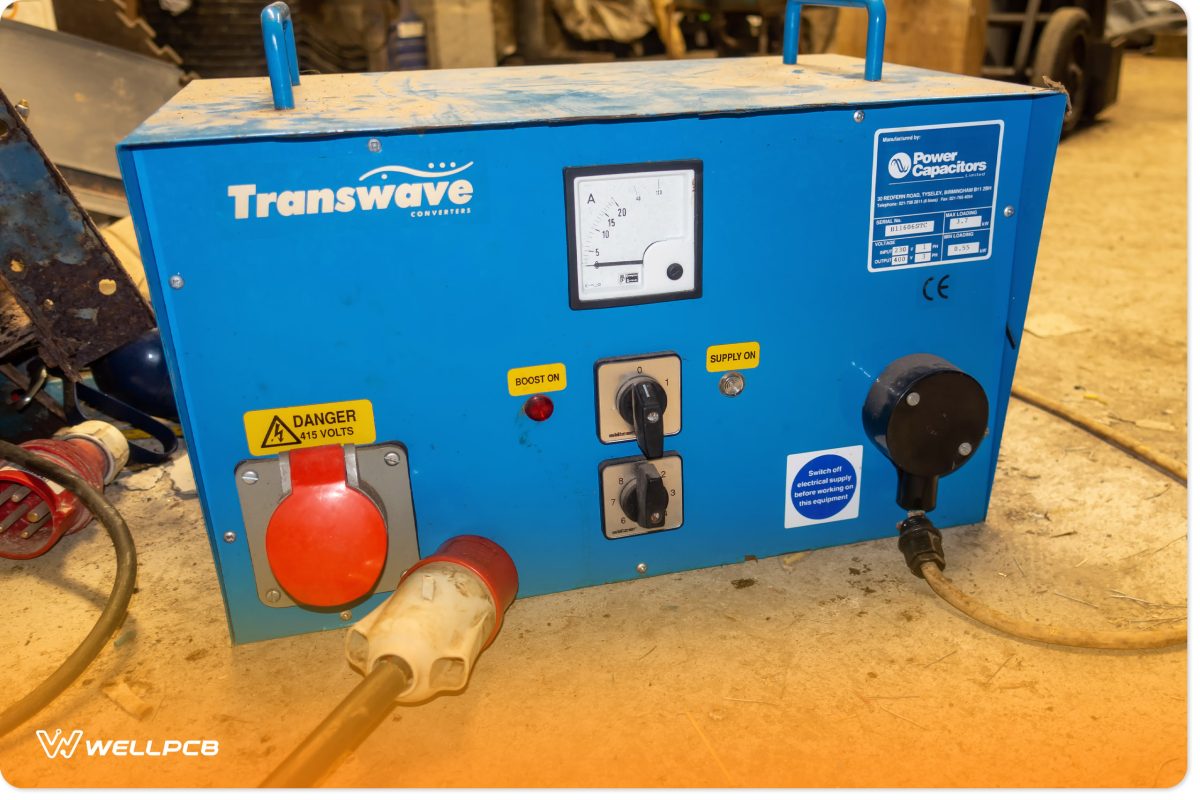
A professional would advise using a phase converter instead of a neutral wire. This technique is more effective for conversions than the unbiased wire method.
All you need is an electronic converter that first converts the AC to DC via rectification. A phase converter can then convert this current to a single-phase AC. It produces a balanced output for single-phase equipment.
A phase converter works best for commercial applications due to its versatility. It can power a wide range of equipment and devices for appropriate use cases.
Single-Phase Transformer
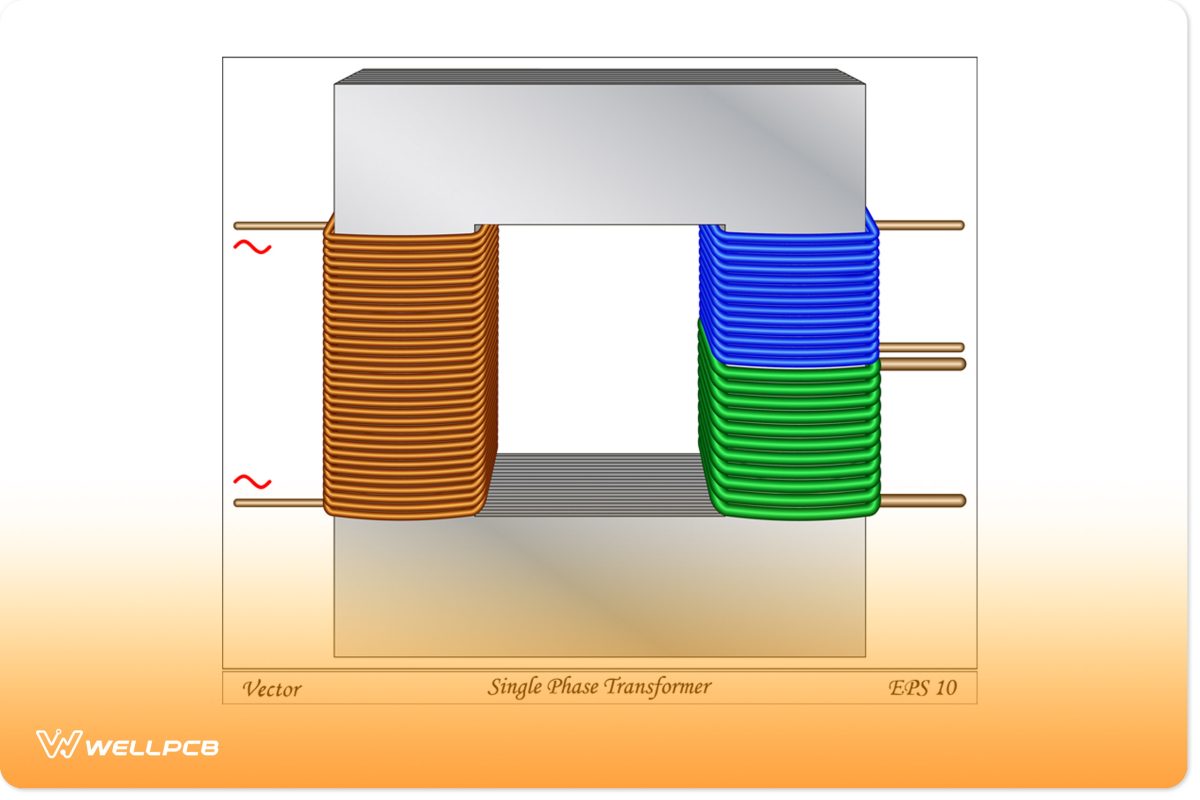
This method only applies when dealing with power under 5 KVA. For higher power, it would be imperative to use another technique. A single-phase transformer works via an electrical induction. In this case, AC in the primary winding generates a magnetic field that produces a voltage in the secondary winding. This turn-to-turn winding ratio indicates voltage conversion.
Single-phase transformers are used for lighting systems, appliance regulation, small motor control, power distribution, and more. They ensure that high voltages from power lines are stepped down for usage in homes and businesses.
Open Delta Transformer
It is ideal for high-power conversions (over 5 KVa). An open delta transformer uses two transformers to distribute three-phase power. This is suitable for scenarios that don’t require full power capacity along with a three-phase power operation.
Open delta transformers are used in heavy industrial systems. These extend three-phase power capabilities without a three-transformer configuration.
Le-Blanc Transformers
The Le-Blanc transformer converts high power with currents above 5 KVA and 400 V. It also enables precise, stable power conversions. This transformer can benefit from voltage-stability-sensitive devices as it reduces electrical issue risks and ensures performance consistency.
Scott T Transformers
This type ranks among the best for converting three-phase to two-phase. A Scott T transformer distributes balanced power conversions for a stabilized and proportional output.
It features a unique configuration that involves a teaser transformer and the main transformer. The two transformers work together to convert three-phase to two-phase power.
Scott T transformers are ideal for applications requiring proportional two-phase output. For example, they distribute power to a single-phase electric train via a three-phase supply. They are also used in industrial settings requiring a balanced two-phase power.
Comparison of Methods: Which One is Best for You?
| Method | Efficiency | Cost | Complexity | Application |
| Neutral wire | Low | Low | Low | Low-precision conversion and robust equipment |
| Phase converter | Moderate | Moderate | Moderate | Motor conversions |
| Single-phase transformer | High | Moderate | Low | Conversions less than 5KVA |
| Open-delta transformer | High | Moderate | Moderate | Systems above 5KVA |
| Le blanc transformer | High | High | High | Systems over 400V and 5KVA |
| Scott T transformer | High | High | High | Balanced and proportional single-phase current systems |
You will need to take the power load, budget, and equipment needs when selecting a method:
- Power load: By figuring out the equipment’s power load, you can determine the best method to use. Transformers or phase converters are more suitable to handle systems with higher loads.
- Budget: Consider the costs of each method. Neutral wire is the most affordable option that also may not handle larger loads efficiently. Transformers are more expensive even though they have higher long-term efficiency.
- Equipment needs: You’ll also need to verify that the phase converter or transformer works with the equipment. It should match the equipment’s voltage, power requirements, and frequency.
Tools and Equipment Needed for the Conversion Process
- Transformers: Single-phase transformer, open-delta transformer, and Le-blanc transformer
- Phase converter: Rotary phase converters, digital phase converters, and static phase converters.
- Wiring tools: Wiring strippers, crimping tools, electrical tape, cable stripping tools, and connectors.
- Multimeter
Here are some ways you can ensure compatibility with your existing system:
- Voltage level: Your current three-phase power system’s voltage level should match the components, phase converter, or transformer. Otherwise, this may cause equipment damage, inefficiency, or safety hazards.
- Power requirements: Ensure that the transformer or phase converter you choose can handle the system’s power load. This will prevent overloading. Additionally, the power rating should be a bit higher than the equipment to help prevent electrical issues.
- Frequency: Devices, such as phase converters and motors, must have a similar frequency as the power supply. If these don’t match, your equipment may malfunction.
Step-by-Step Guide to Convert Three-Phase to Single-Phase Power
Using a Neutral Wire
- Phase and neutral wire check: First, you will need to find the neutral wire and 3-phase line—L1, L2, and L3.
- Phase and neutral wire connection: Take any one of the phase lines and hook it up to the single-phase input system. Next, connect the neutral wire to the single-phase device’s neutral input.
- Voltage: Check the voltage—it should have the same level between the chosen phase and the neutral wire. Voltage levels may be set at 120V or 240V.
- Breaker installation: Integrating a circuit breaker will make the system more safe. Ensure it has the appropriate size according to the power requirements.
- Testing: Turn on the system to test it out and ensure it works as intended.
Installing a Phase Converter
- Select a phase converter: A static or rotary phase converter is ideal, depending on the load type and power specifications. You can add the static type for a fixed load and the rotary one for variable loads.
- Make the connections: Connect all three-phase power lines (L1, L2, and L3) into the phase converter’s input terminals. Hook up the phase converter output to the single-phase device.
- Verify configuration: Ensure the phase converter is set up to output the required voltage level—either 120V or 240V.
- Test: Power up the converter to see if it works properly. It should function without any interference.
Connecting a Transformer
- Choose a transformer: Select a transformer that functions based on the necessary power rating. It should also output the required single-phase voltage.
- Make the appropriate connections: Connect the L1, L2, and L3 three-phase lines to the transformer’s primary (input) side.
- Wiring set up: Ensure the transformer can distribute single-phase power. In this case, the Scott T or open-delta configuration may work best.
- Single-phase output connection: Connect the single-phase load to the transformer’s secondary (output) side.
- System testing: Turn on the system to ensure it works properly. It must have a similar output voltage level as the single-phase device.
Safety precautions and professional recommendations
- Add protection devices to your system. This includes fuses, circuit breakers, and surge protectors to keep the device safe from short circuits, power surges, and overloads. Ensure these devices are rated according to the system’s power specifications, such as voltage and current.
- Your system should also be grounded. This protects it against shocks and potential damage. Confirm efficient grounding by testing resistance. Ensure that you use high-quality components that pass industry standards.
- Performing regular maintenance on the system helps prevent failures while extending its life span. It involves verifying proper system functionality and connectivity.
Troubleshooting Common Issues
- Voltage instability:
You should check for secure connections. Otherwise, voltage drops or fluctuations may occur. It’s also important to ensure you achieve load balance across all the phases. Voltage instability typically occurs due to uneven load distribution, and a voltage stabilizer can fix that issue.
- Power surges during conversion:
A surge protector can prevent power surges from damaging your device. Placing one at crucial areas—near the converter or transformer—keeps it protected against spikes from internal surges or lightning.
- Maintaining your converter or transformer for long-term efficiency:
It’s best to frequently inspect the transformer or converter for damage, corrosion, or overheating. This involves checking for loose connections, burned components, and frayed wires.
Test the output voltage, making sure the system functions in the correct range. Ventilation will also help keep the system from overheating, ensuring long-term efficiency.
Conclusion: Choosing the Right Conversion Method
You can choose different conversion methods, such as neutral wire, transformers, or phase converters. The neutral wire one is low-cost, simple, and less precise. But it still requires one phase for low-precision conversions.
The phase converter involves rectification to convert AC power into DC power for commercial applications.
Transformers, on the other hand, step up or down voltage levels for better power transfer. It works best with industrial systems, residential configurations, and scenarios requiring precise voltage control.
It’s important to choose the proper equipment as it ensures safety, reliability, and system efficiency. These prevent electrical hazards, decrease energy loss, and maintain stable voltage. As a result, users won’t need to worry about equipment damage.
Contact WellPCB today for expert advice on three-phase to single-phase power conversion and explore our range of phase converters and transformers.





